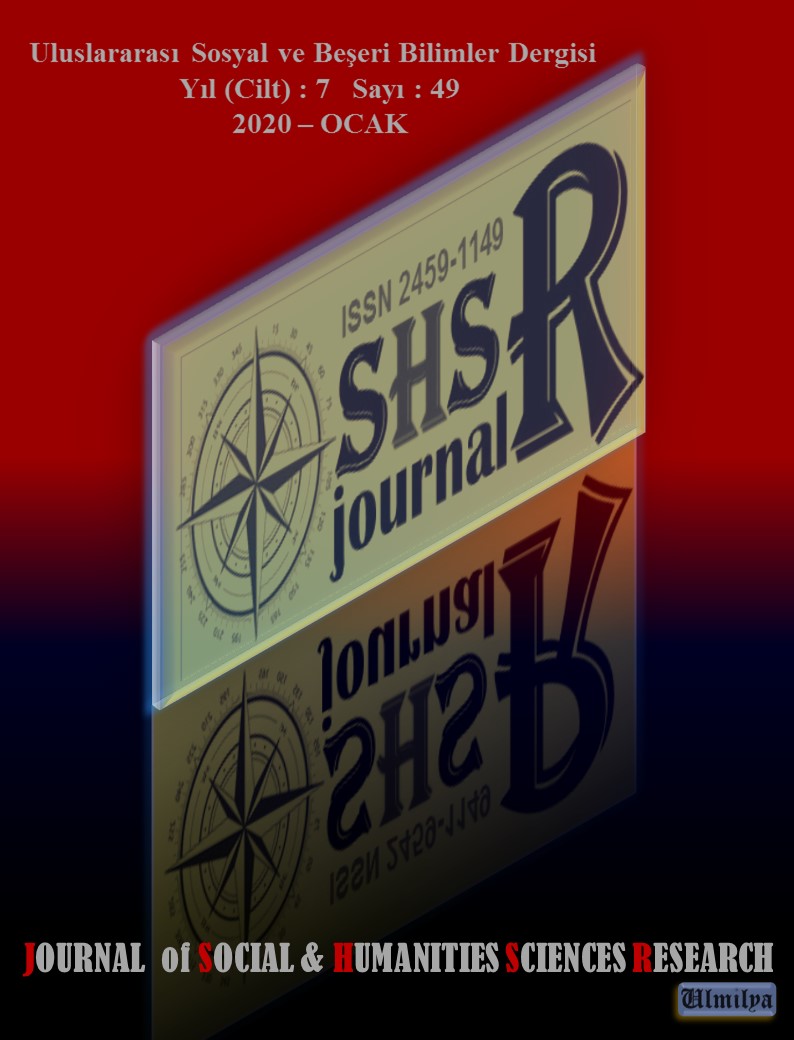THE RELATIONSHIP BETWEEN CONTINUOUS LEARNING VARIABLES
DOI:
https://doi.org/10.26450/jshsr.1717Keywords:
Continuous Learning, Relationship Levels, Complementarity Level, Relational ContributionAbstract
Watkins and Marsick emphasized the importance of continuous learning for an organization to become a learning organization or to continue the organizational learning process. In this sense, Watkins and Marsick explained the variables that constitute the dimension of the continuous learning learning organization. Watkins and Marsick stated that it is not enough to apply the variables forming the continuous learning dimension in the organization in order to realize the dimension of continuous learning learning organization in an organization. In particular, the concept of continuous learning, which Watkins and Marsick have pointed out, is very important for health institutions. Because continuous learning is an inevitable activity for health institutions that contribute to the health of society positively. In this sense, health institutions provide innovations, developments and changes in the medical field through continuous learning. Therefore, thanks to continuous learning, health institutions will be able to continue their activities in an error-free and optimal manner. The aim of the study is to determine the relationship between the variables that make up the dimension of the continuous learning learning organization of the health workers working in the relevant health institution and the contribution levels of the variables to each other and the relational structure. The sample of the study consists of health personnel working in Bülent Ecevit University Health Application and Research Center. In addition, the relationship and effect values of the variables forming the continuous learning learner dimension were obtained by applying the DLOQ questionnaire created by Watkins and Marsick within the scope of the perceptions of the samples. According to the findings, all the relationships between the variables forming the dimension of continuous learning organization were found to be positive, meaningful and generally moderate. According to the findings, the relationship between the variables that make up the continuous learning dimension stated by Bülent Ecevit University Health Application and Research Center Watkins and Marsick, the variables complement each other and the contributions of the variables to the relational structure. In addition, the level of complementarity and contribution to the relational structure of the SO 1 variable with other variables was higher than the other variables. In addition, SO 2 and SO 6 variables were found to be less complementary and contribute to the relational structure of these variables compared to other variables. In this sense, if necessary, firstly, SO 2 and SO 6 continuous learning organization variables and all other variables except SO 1 can be created by creating environments and opportunities that will interfere with each other and continuous learning can become more effective within the organization
Downloads
Published
How to Cite
Issue
Section
License
Copyright (c) 2020 INTERNATIONAL JOURNAL OF SOCIAL HUMANITIES SCIENCES RESEARCH

This work is licensed under a Creative Commons Attribution 4.0 International License.


